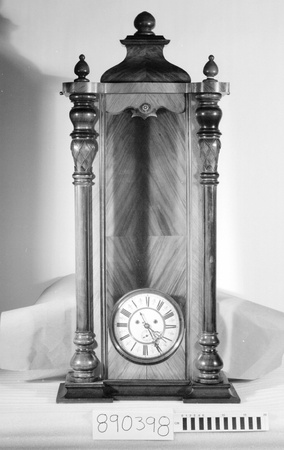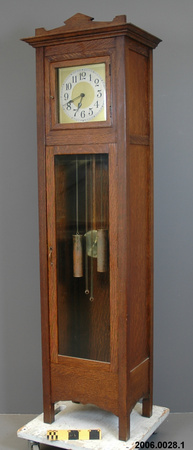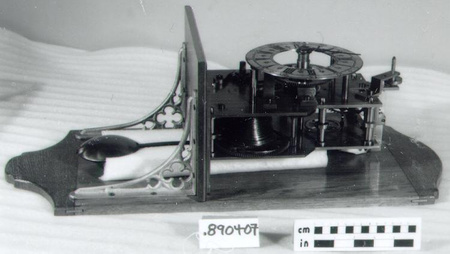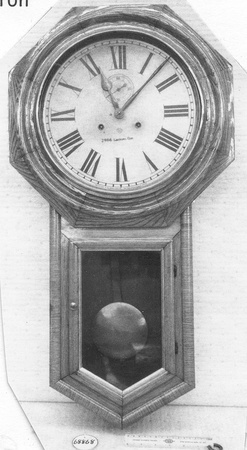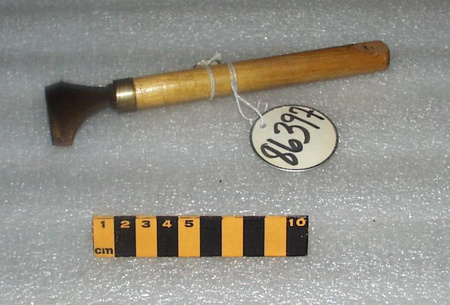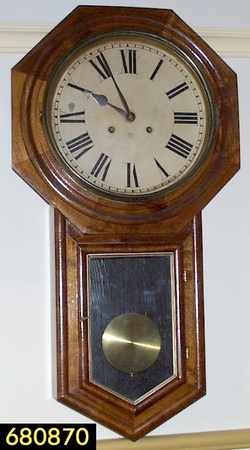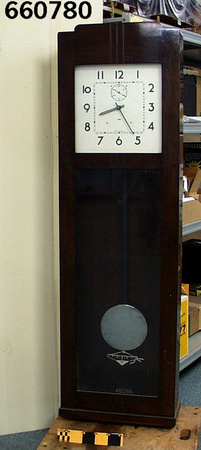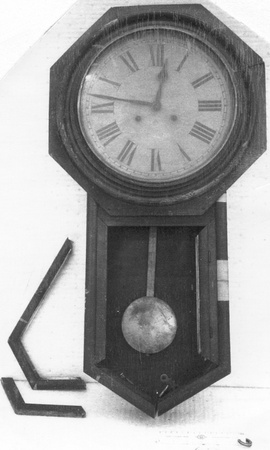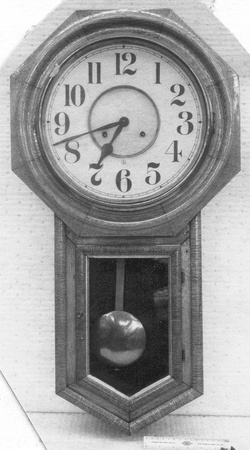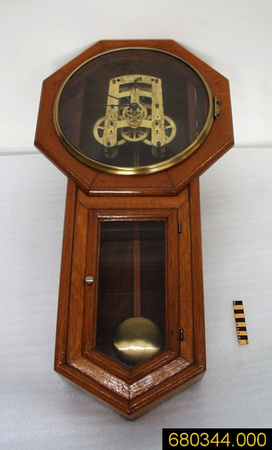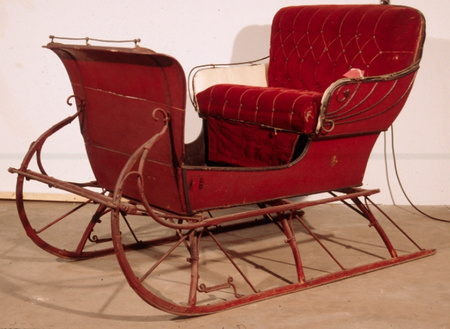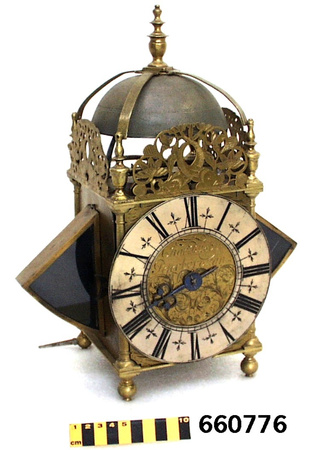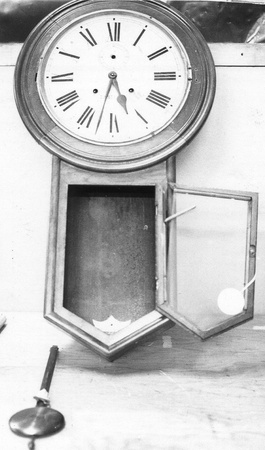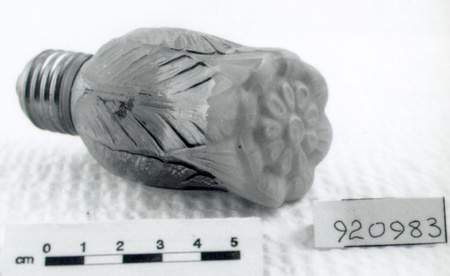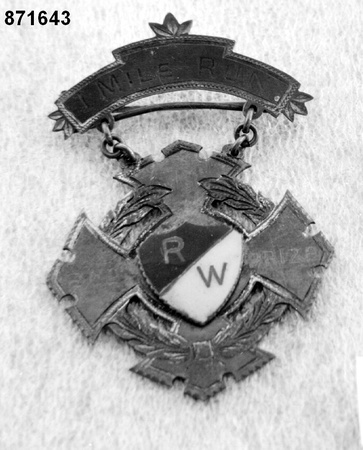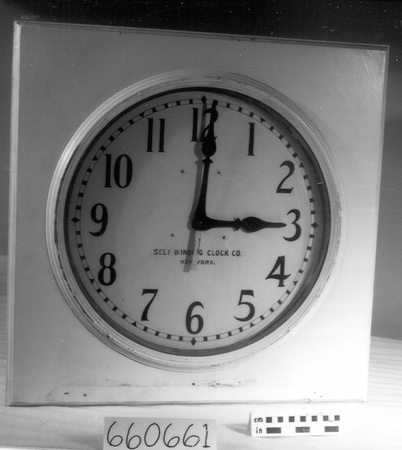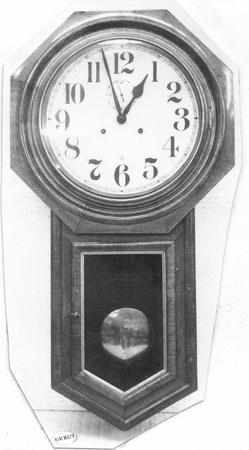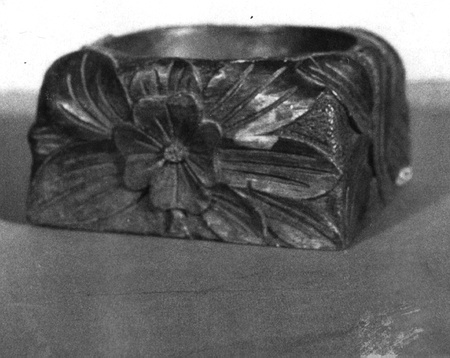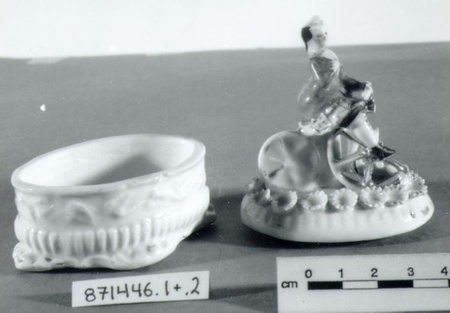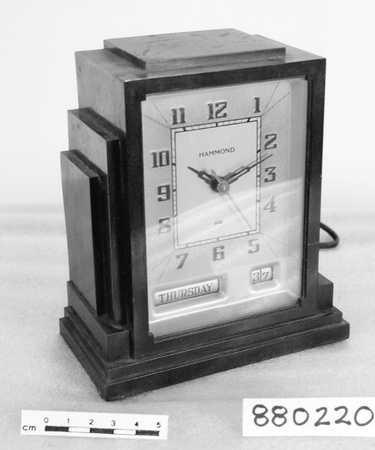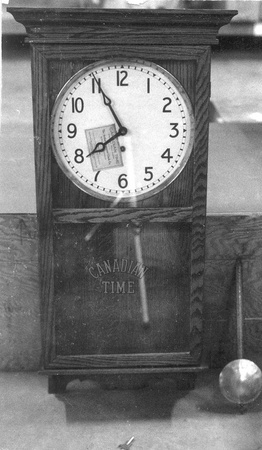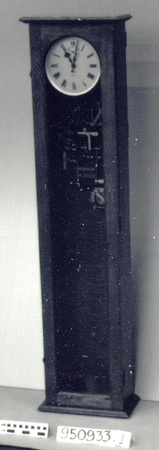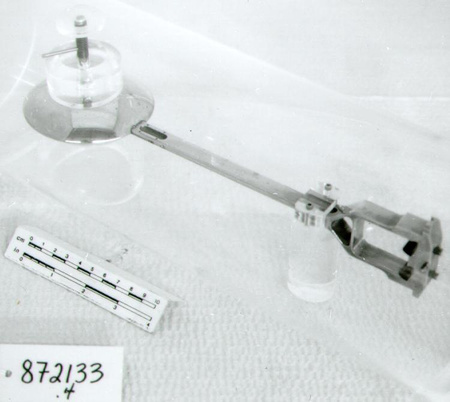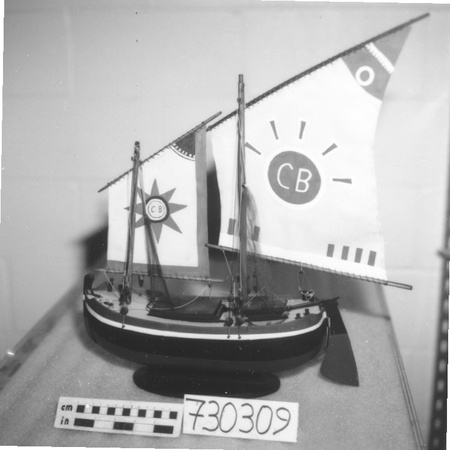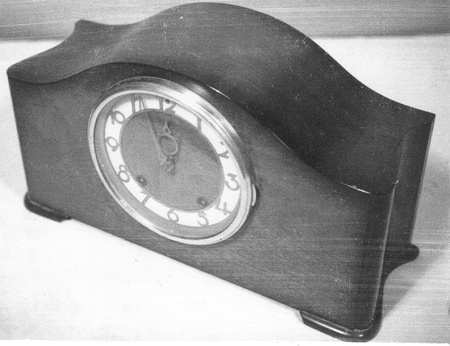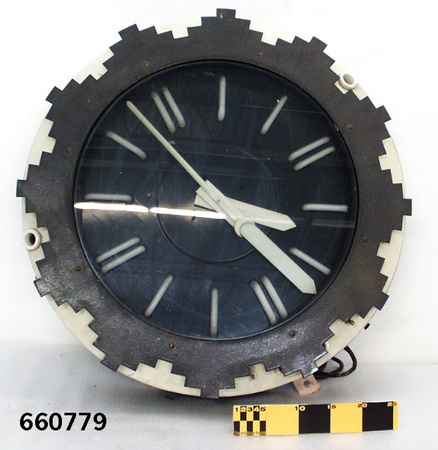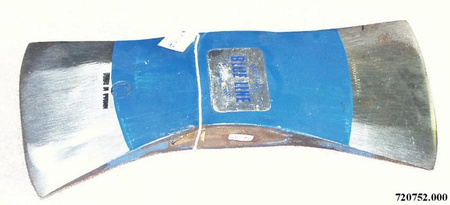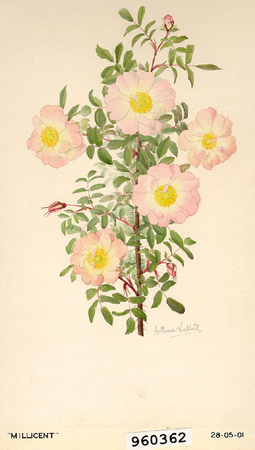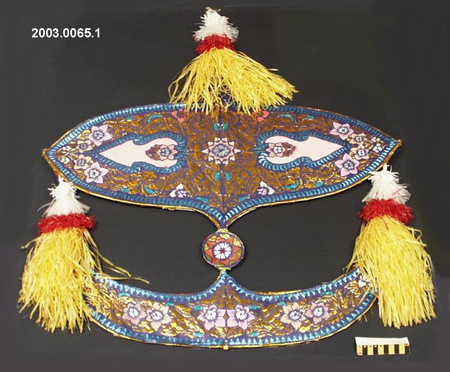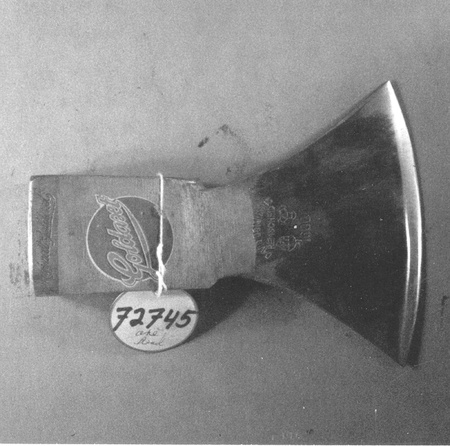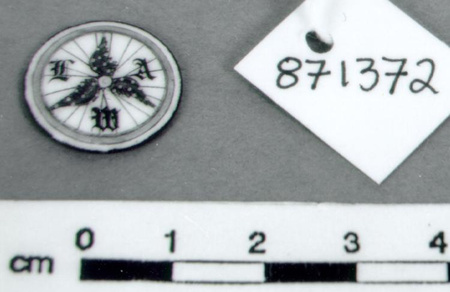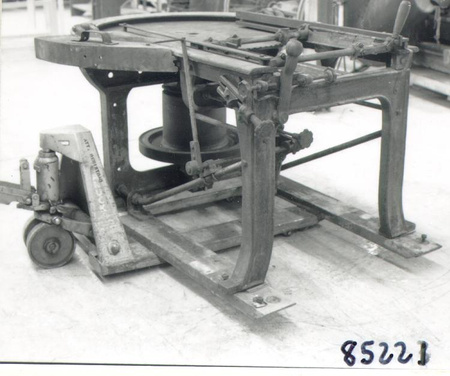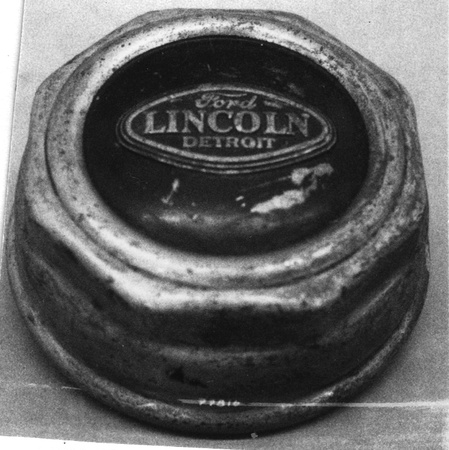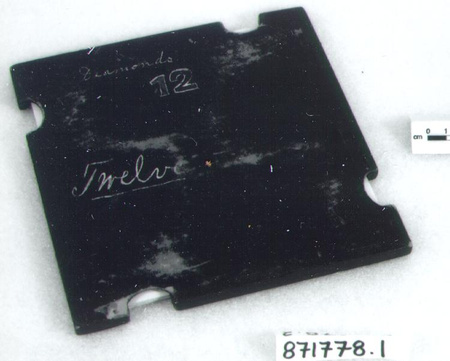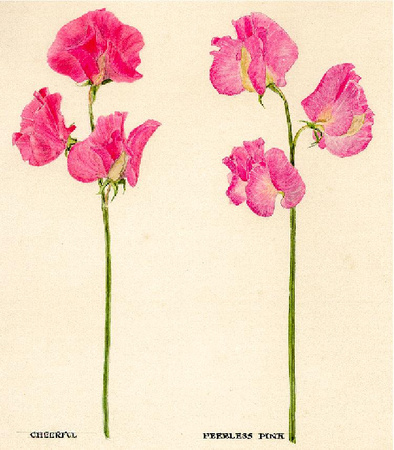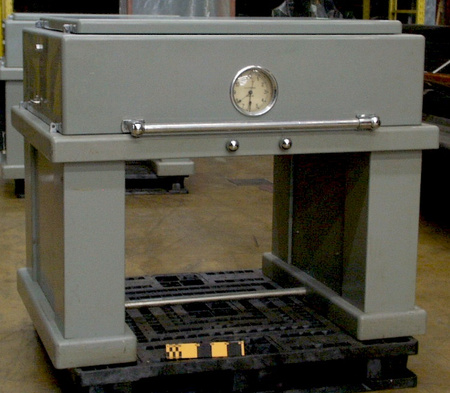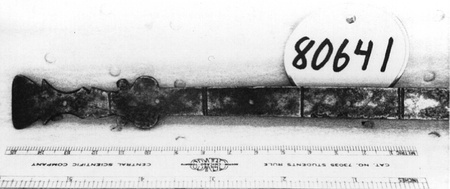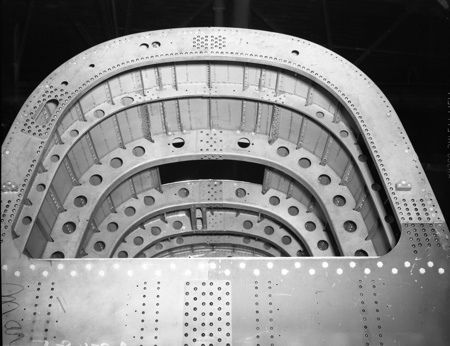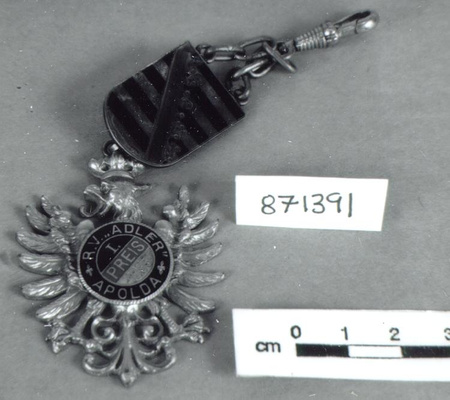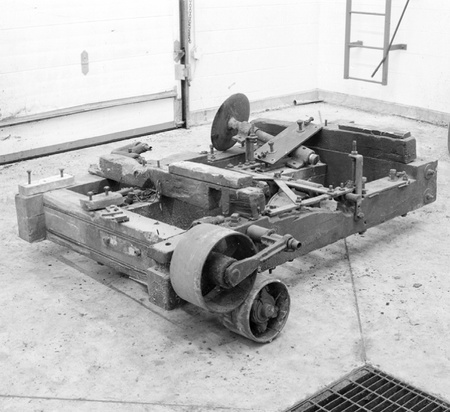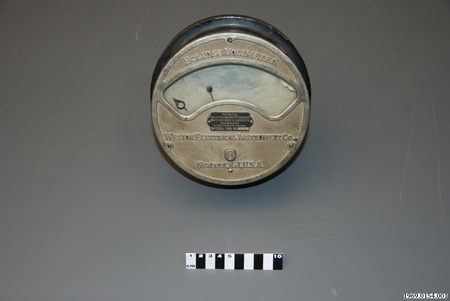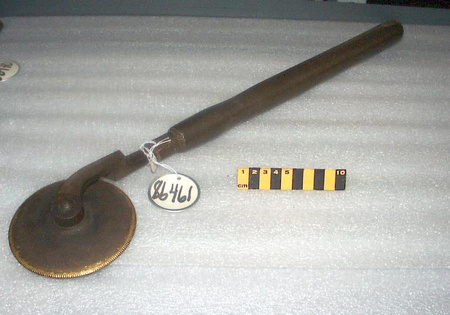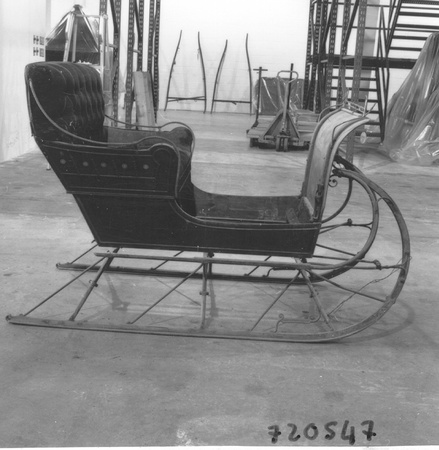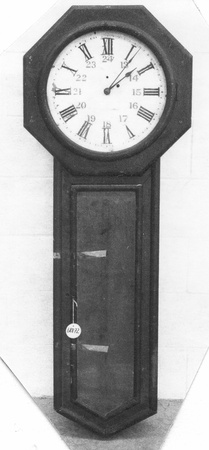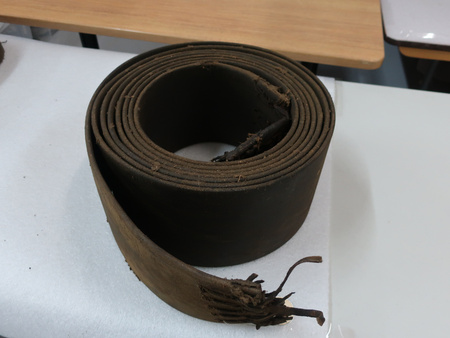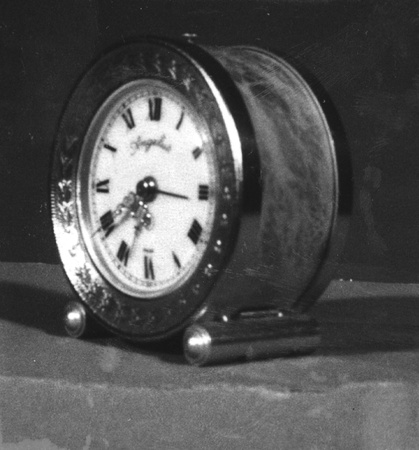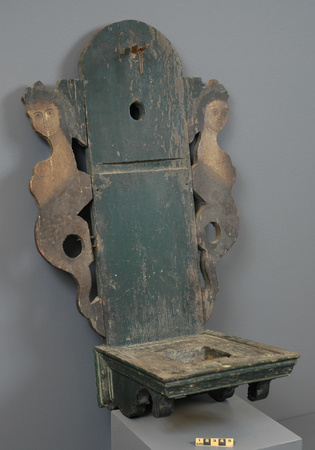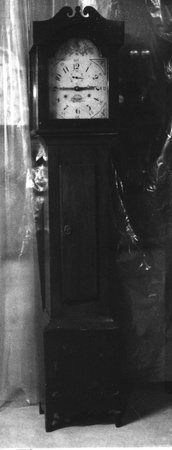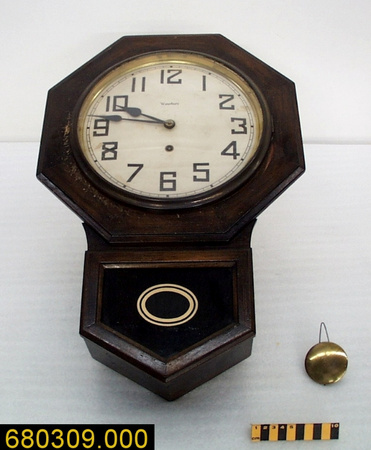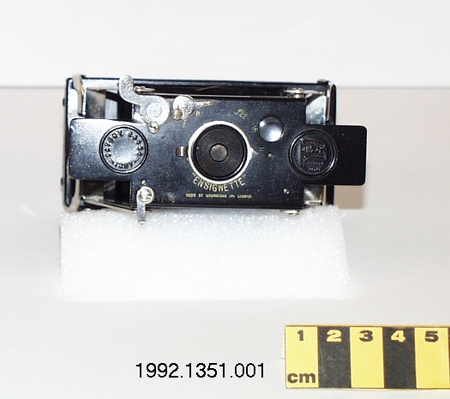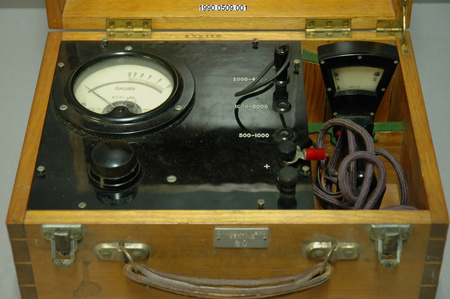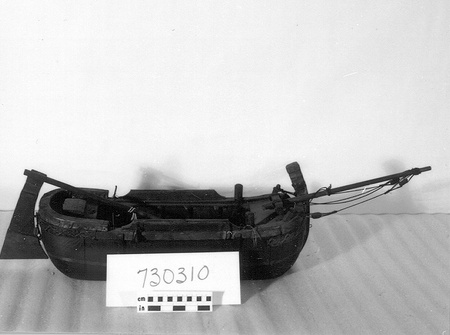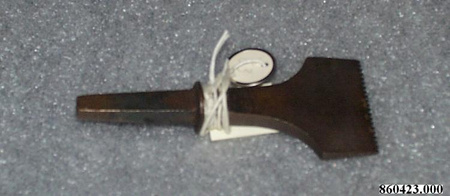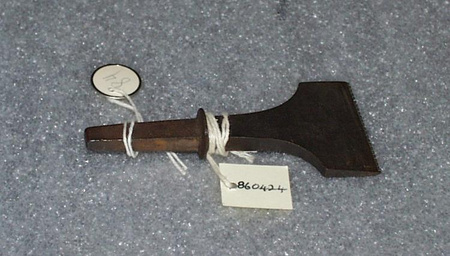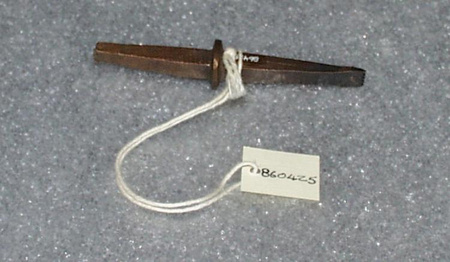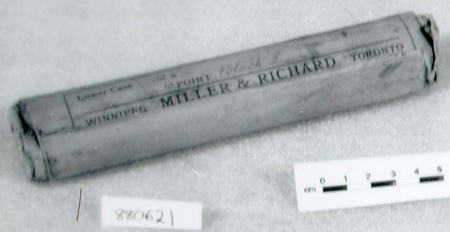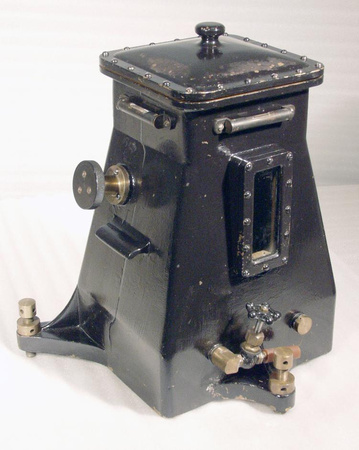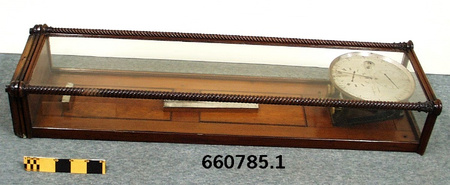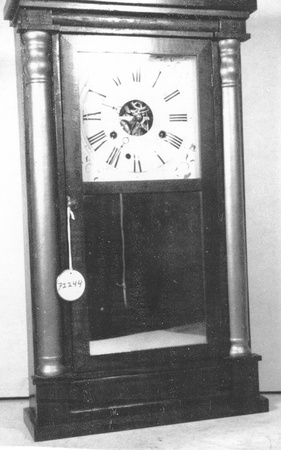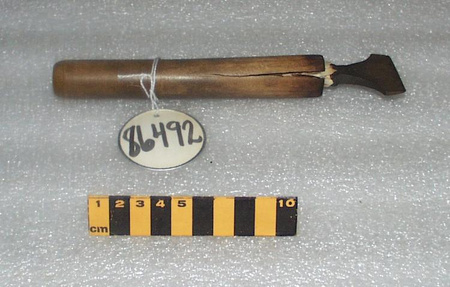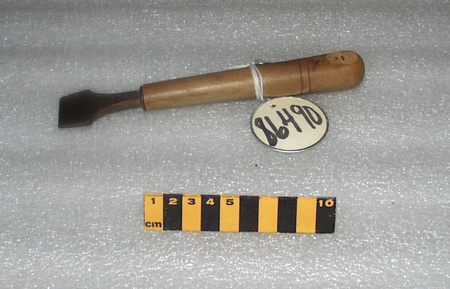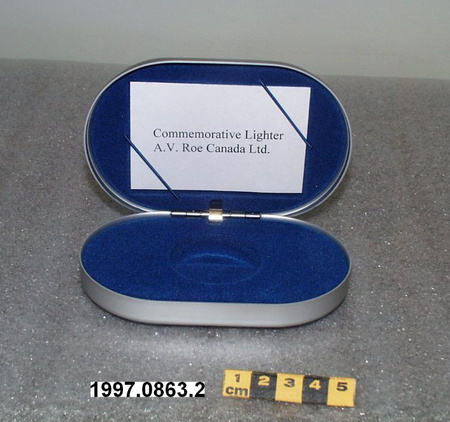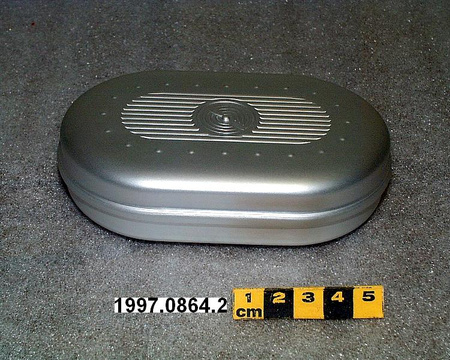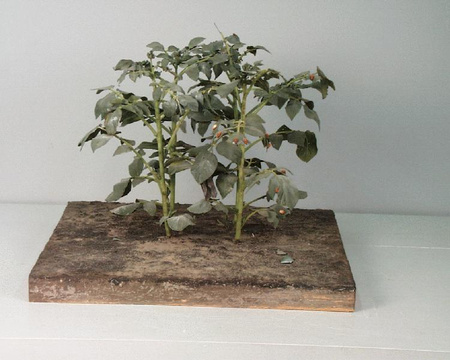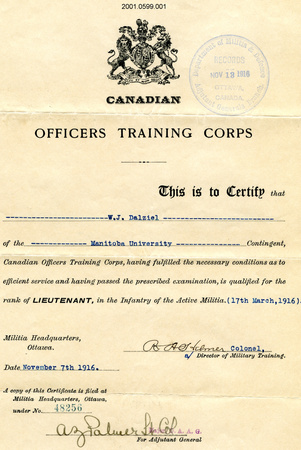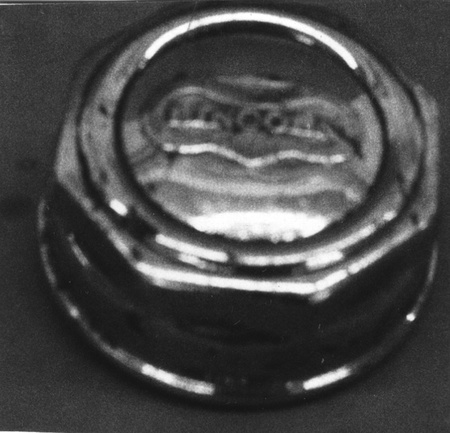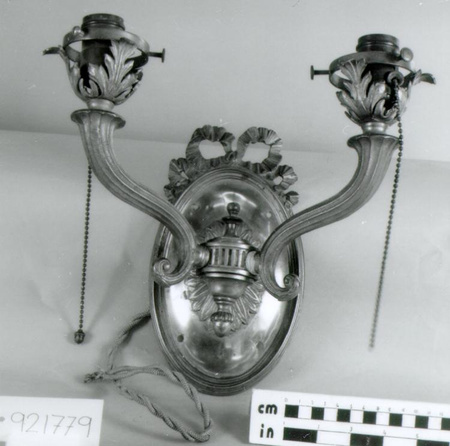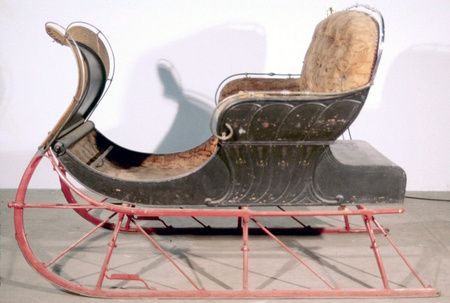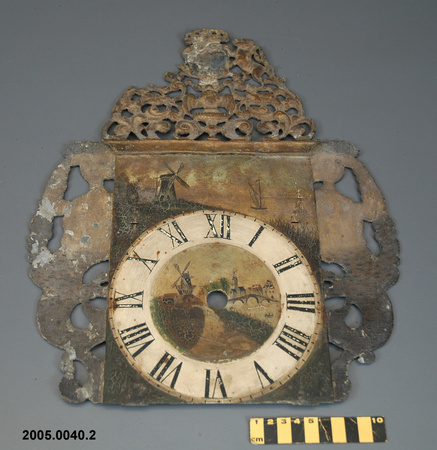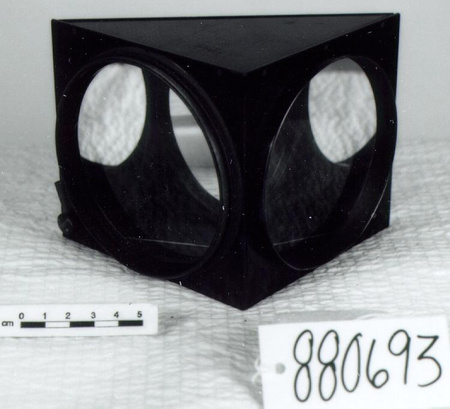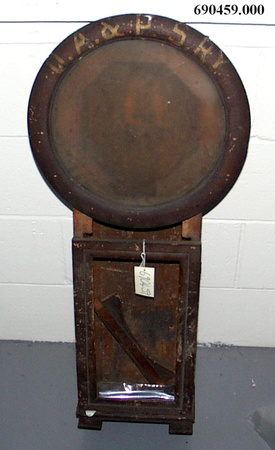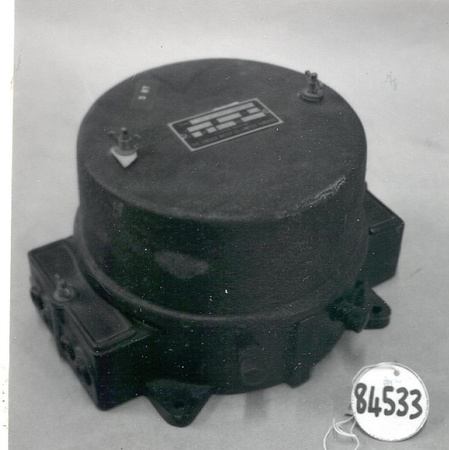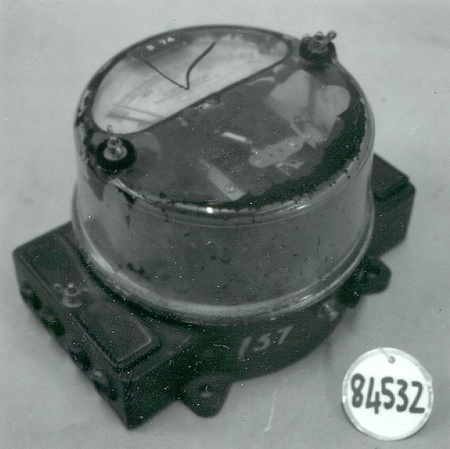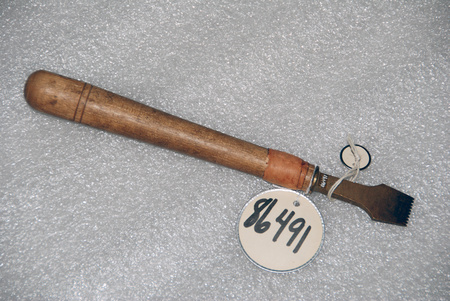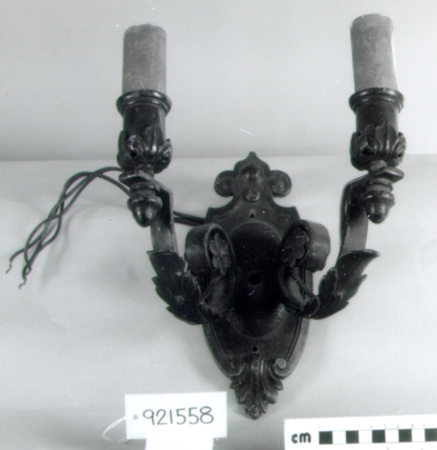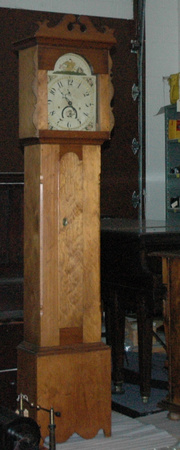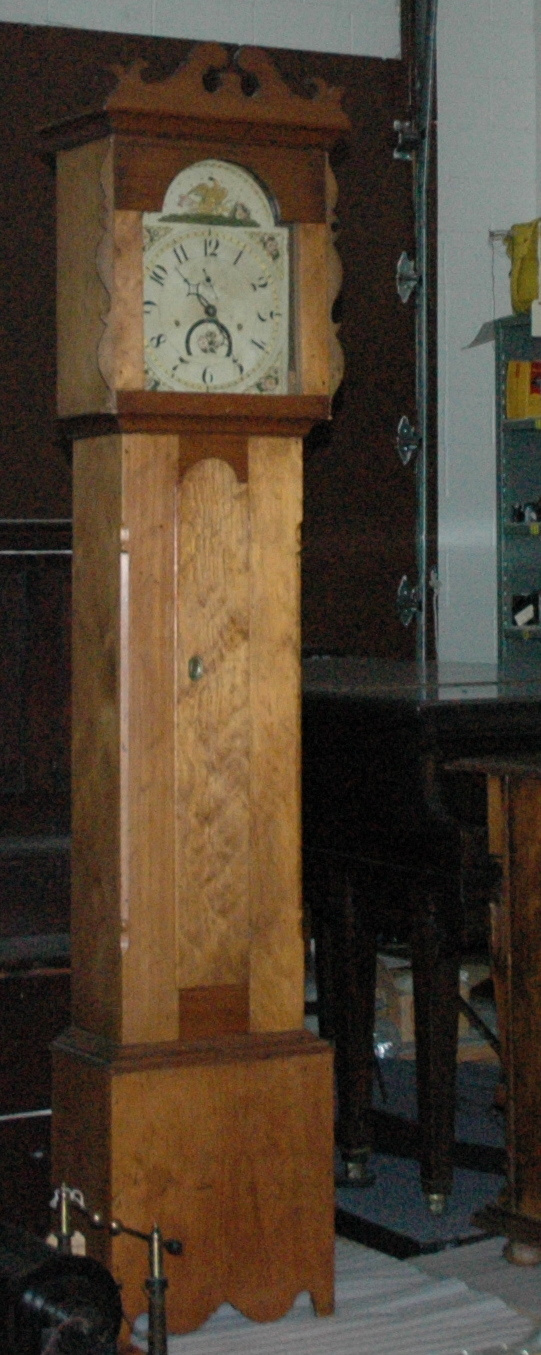Horloge
Utiliser cette image
Puis-je réutiliser cette image sans autorisation? Oui
Les images sur le portail de la collection d’Ingenium ont la licence Creative Commons suivante :
Copyright Ingenium / CC BY-NC-ND (Attribution-NonCommercial 4.0 International (CC BY-NC 4.0)
ATTRIBUER CETTE IMAGE
Ingenium,
2011.0010.001
Permalien: https://files.ingeniumcanada.org/items/coll/198/206/2011-0010-001-aa-cs_thumb.jpeg
Ingenium diffuse cette image sous le cadre de licence Creative Commons et encourage son téléchargement et sa réutilisation à des fins non commerciales. Veuillez mentionner Ingenium et citer le numéro de l’artefact.
TÉLÉCHARGER L’IMAGEACHETER CETTE IMAGE
Cette image peut être utilisée gratuitement pour des fins non commerciales.
Pour un usage commercial, veuillez consulter nos frais de reproduction et communiquer avec nous pour acheter l’image.
- TYPE D’OBJET
- tall/grandfather
- DATE
- 1825–1840
- NUMÉRO DE L’ARTEFACT
- 2011.0010.001
- FABRICANT
- Inconnu
- MODÈLE
- Inconnu
- EMPLACEMENT
- Burford, Ontario, Canada
Plus d’information
Renseignements généraux
- Nº de série
- S/O
- Nº de partie
- 1
- Nombre total de parties
- 5
- Ou
- Grandfather clock
- Brevets
- S/O
- Description générale
- wood, metal
Dimensions
Remarque : Cette information reflète la taille générale pour l’entreposage et ne représente pas nécessairement les véritables dimensions de l’objet.
- Longueur
- 26,5 cm
- Largeur
- 41,5 cm
- Hauteur
- 211,0 cm
- Épaisseur
- S/O
- Poids
- S/O
- Diamètre
- S/O
- Volume
- S/O
Lexique
- Groupe
- Horlogerie
- Catégorie
- Horloges
- Sous-catégorie
- S/O
Fabricant
- Ou
- Woodruff
- Pays
- Canada
- État/province
- Ontario
- Ville
- Burford
Contexte
- Pays
- Canada
- État/province
- Ontario
- Période
- 1950 - 2001
- Canada
-
Part of the historical significance of this piece is in the clockmaker’s history. The Richard and William Woodruff family arrived in Upper Canada from Connecticut before 1800. According to a reference from the Historical Atlas for the Counties of Lincoln and Welland, Richard made the first settlement of St. Davids (named after Major David Secord of Butler’s Rangers) in the year 1800. At the time the War of 1812 broke out, Richard and his brother William enlisted, with Richard obtaining the rank of sergeant in the 7th Company, 1st Regiment of the Lincoln Militia under General Brock. The village of St. Davids, being in the theatre of operations was held by British or American forces a number of times, and was eventually burned by American forces (Col. Stone, New York Militia) in 1814 . Following the war, Richard obtained a military grant of land, and in 1820 settled in the village of Burford, in Oxford County, Upper Canada – which became Brant County after 1852 . His clocks are reported to have been sold between 1825 and 1840. By this time, Woodruff was in his early 40’s and probably an established cabinetmaker; he was also assembling clocks with bought clock components (mechanism, dials) from Connecticut. According to J.L. Trudel’s Historical Assessment on chronography in Canada there were very few clockmakers at this time that made all of the components. In fact, most of them like Woodruff imported the clock components . The Woodruff family genealogy is an area for expanded research. In the self-published work Woodruff, Twelve Generations, C. Norris (ca. 1959/60) reveals and interesting connection to Laura Secord. 2- Mutrie, R., Niagara Settlers Land Records, Abstracts of Deeds Register of Niagara Township, Lincoln County. 3-Norris, C., Woodruff Twelve Generations (St. Davids-Burlington, self-published, ca. 1959/60), from extract, ch. VI, p. 1. En savoir plus - Fonction
-
Longcase, or grandfather clocks (generally about 1.8m in height) are used for time keeping as their primary function (and the setting of pocket watches). The weight-driven pendulum set inside the tower structure of the clock had to be wound daily. Sold in furniture stores or similar, their artistic and architectural elements (clock face, ornate woodwork) add to the décor of home, parlor or office. Viewed as a low-cost alternative to clocks with the more expensive 8-day movement, this example has false keyholes painted on the clock face to give the impression the clock was more expensive. As a piece of furniture, grandfather clocks also attest to the relative appearance of wealth of a homeowner/household. - Technique
-
The technical significance of this clock is the all-wood 1 day (30-hour) clock movement which the donor reports last operated as late as 2001. It is operated by a single weight to drive both the timekeeping and striking mechanisms. This clock features two false keyholes painted on the clock face to give house guests the impression the clock was of the more expensive eight-day clock movement (metallic, wound once a week) – the knock-off Rolex! The appearance of the anchor escapement mechanism about 1657 (and future variants) greatly reduced the pendulum swing to 4º - 6º, permitting the development of the longcase clock, whose tower structure was reasonable in size. - Notes sur la région
-
Inconnu
Détails
- Marques
- Mfr's: gold painted/ "R.WOODRUFF illegible [clock hand is hiding the writing] U.C."
- Manque
- nothing
- Fini
- clock case - wood [likely white pine], clock movements - wood, clock pendulum - metal, clock weights - wood with metal casing and string
- Décoration
- Situated in each corner of the clock face - gold painted scrolled lines in the shape of triangles with pink flowers, yellow center amd green leaves in the center with green squilly lines - center of the clock face -two black circular lines inside the cicular lines is a wide gold circle with wide black minute lines and black dots, with black edging outlining the gold, inside the gold circle, large black numbers and black clock hands, just below the number twelve - a small black circle with small black dots and black numbers with a small black seconds hand - above the number six - large black line in a semi-circle with gold writting and a pink flower with a yellow center and green leaves and green squilly lines inside the semi-circle. The semi-circle above the clock face - edging is done in gold scroll lines, above the eagle - fifteeen stars, green shrubs on the bottom, pink flower with yellow center, green leaves and green squilly lines on right side, in the centre gold eagle with black beak, black talons holding an olive branch, five arrows, a gold disc with pink and yellow design in center, with gold pole with pink drapery on the left, below pole 7 gold dots, on the right two gold designs.
FAIRE RÉFÉRENCE À CET OBJET
Si vous souhaitez publier de l’information sur cet objet de collection, veuillez indiquer ce qui suit :
Fabricant inconnu, Horloge, vers 1825–1840, Numéro de l'artefact 2011.0010, Ingenium - Musées des sciences et de l'innovation du Canada, http://collection.ingeniumcanada.org/fr/id/2011.0010.001/
RÉTROACTION
Envoyer une question ou un commentaire sur cet artefact.
Plus comme ceci
